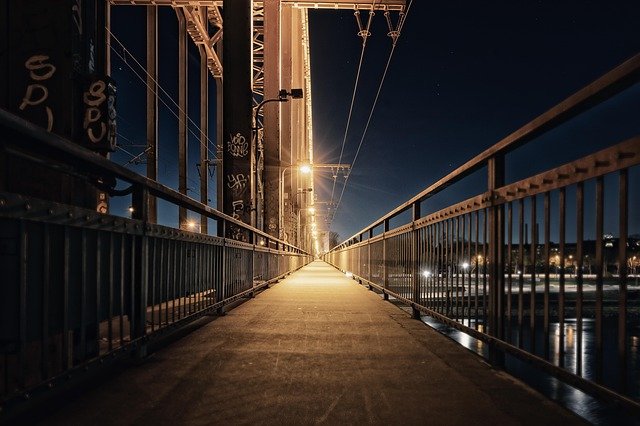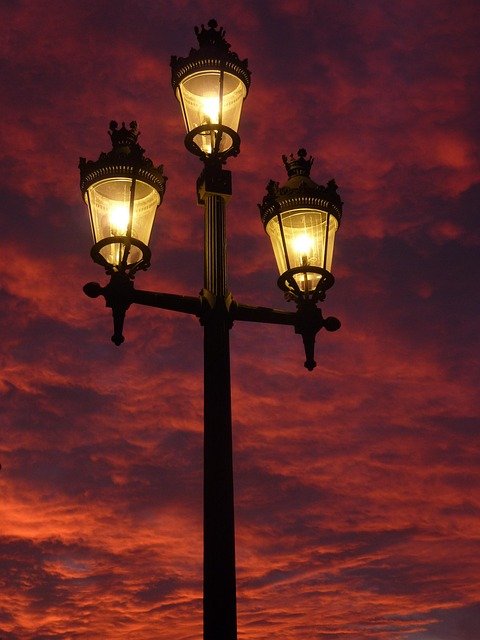Introduction
In Latin America, urban growth and investment in smart infrastructure have led to extensive use of photocells in outdoor lighting systems. But these regions face a unique challenge: power surges triggered by lightning and unstable grids.
Under these circumstances, without proper surge protection, the sensitive devices like photocells can quickly degrade or fail. This implies costly replacements and safety loopholes.
At Lead-Top, we specialize in high-surge-protection photocells designed for harsh environments. This article explores why surge protection is essential, how to choose the right protection method, and how our products outperform our competitors in LATAM markets.
The Problem: Why Latin America Needs Surge-Proof Photocells?
Latin America, especially the regions like Brazil, Colombia, and Mexico, face the world’s highest lightning strike rates combined with aging infrastructure and inadequate grounding, which makes outdoor photocell light sensors especially susceptible.
Cities deploying photocell street lights often lack uniformity in installation quality. With a mix of old and new infrastructure, surges from one section can travel across systems, damaging photocell switches and photo sensors downstream. Many standard controllers fail because they lack proper transient voltage suppression (TVS) or internal clamping circuits.
This vulnerability makes choosing high-quality photo control solutions vital. Power surges, whether caused by lightning, transformer switching, or nearby electrical faults, can cause:
- Internal short circuits in the photocell sensor
- Burned-out relays or switching components
- Loss of calibration in light-detecting elements
- Total functional failure
In practical terms, this means reduced efficiency, flickering lights, or entire dark zones in urban environments.
| Impact Type | Photocell Damage | Outcome |
| Overvoltage Spike | Semiconductor burnout | Complete device failure |
| Repeated Low-Level Surges | Gradual wear of internal components | Reduced sensitivity and lifespan |
| Lightning-induced Surge | Surge through pole or underground cabling | Entire street lighting outage |
This is why durability in photocell components must go hand-in-hand with a solid surge mitigation strategy.
What Are the Key Standards for Surge Protection in Photocells
The suppliers of photocells in Latin America need to make sure that their products fulfill the requirements for the following standards:
ANSI C136.10 & C136.41
This standard is mandatory in US/LATAM streetlighting projects, and it specifies the performance for 10KA (10,000A) lightning surges. It also defines voltage threshold (e.g., 20kV spike resistance)
IEC 61000-4-5 (International Standard)
This standard specifically tests immunity to surge disturbances for street light sensors and classifies Level 4 (4 kV line-to-ground, 2 kV line-to-line).
Lead-Top not only meets, but exceeds the above standards for the LATAM market. Its LT134 & LT615 models promise up to 20kV/10kA protection.

What Makes a Photocell Truly Surge-Proof?
You cannot ensure that a photocell is truly surge-proof until it meets the three most important criteria as discussed below:
- High TVS Diode/GDT (Gas Tube Discharge) Protection
Whenever there is a sudden voltage change, e.g., in the case of lightning, these components provide the first defence line. They help prevent the spikes from damaging the photocell’s internal components.
- Internal EMI Filtering
These built-in filters help ensure stable performance by reducing interference from the electromagnetic rays that might be coming from nearby devices or machinery. This helps prolong the lifespan of photocell devices.
- Multi-Level Protection Options
Photocontrol switches are available in a varying range of surge protection. For example, for standard environments, they’re available in 5KA, and for highly risky surroundings, you might get them in 10KA or even 20KA. Make a learned decision according to the environments for intended use so that you get the highest possible adaptability.
Cheap photocells that lack the above-mentioned surge-protection measures may provide a temporary monetary benefit, but they actually incur more cost in the long run. They will not be able to withstand even a single storm and would fail, causing you monetary loss.
Case Study:
A Colombian city, with frequent thunderstorms and weak power infrastructure, replaced generic photocells with Lead-Top’s LT134 (20KV-rated) and saw zero failures during a 6-month storm season. This saved them around 15K in maintenance costs alone while providing a stable performance as well.
How to Choose the Right Photocell for Your Project?**
While selecting a surge protection device (SPD) for photocells in Latin America, consider these:
- Check Surge Rating (kA): Choose at least 10kA, preferably 20kA for high-risk zones in LATAM regions.
- Verify ANSI/IEC Compliance: Go for the certified suppliers only. This will help you avoid maintenance costs in the long run and get reliable performance.
- Ask: Is It Field-Replaceable? Field replaceable units help add to the ease of maintenance, repair, and replacements. Some brands ask for complete fixture removal, which might not be feasible in many cases.
- Look for Multi-Stage Protection: Look for TVS, GDT, and filter protection for added layers of protection.
Lead-Top’s Solution
Keeping in view all of the above-mentioned important considerations for selecting a quality photocell for Latin American regions, Lead-Top provides the following solutions for these territories:
LT134: This photocell sensor model by Lead-Top provides 20KV/10KA surge protection for stable performance even under high-risk environments.
LT615: Choose this model with a 10kV/5KA surge rating and reliable NEMA sockets.
Custom Builds Available: Looking for something more specific? Lead-Top provides custom-built photocell lighting sensors. For example, you can order 25KA for mining/airport lighting or for other areas that ask for a higher degree of surge protection.
Why Engineers in LATAM Trust Lead-Top Photocells?
In the entire Latin American region, providing reliable photocells that can withstand the harsh environmental conditions of the region is not a piece of cake. A cheap, poorly built photocell that lacks multi-layer protection doesn’t stand a chance under stormy conditions and weak power infrastructure. That is why engineers trust quality, certified producers like Lead-Top. Here is how this level of trust is justified:
Real-World Reliability: Lead-Top has proved its efficacy on the ground. Its photocells are tried and tested as they are installed in Brazilian highways, Colombian cities, and Mexican industrial zones, delivering reliable performance as proof of the highest degree of professionalism.
Certified Performance: Lead-Top is a certified producer with UL, CE, and ISO standards tested and exceeded for surge protection and weather resistance.
Direct Factory Support: Not relying on a middleman means you get the most competitive prices for a high-quality product and that too with fast delivery guaranteed.

Need a Surge-Proof Photocell for Your Next Project?**
DM us for technical specs & bulk quotes!**
Learn more: [www.leaditop.com/surge-protection-photocells](http://www.leaditop.com/surge-protection-photocells)
References:
- https://leaditop.com/product-2/
- https://en.wikipedia.org/wiki/Semiconductor
- https://leaditop.com/nema-connector/?_gl=1*14vtna6*_up*MQ..*_ga*MTg3ODY5ODEzNy4xNzQ4OTgxMjYz*_ga_S4H39S96GX*czE3NDg5ODEyNjAkbzEkZzAkdDE3NDg5ODEyNjAkajYwJGwwJGgxMTI1MTc1ODgx
- https://www.google.com/url?sa=t&rct=j&q=&esrc=s&source=web&cd=&cad=rja&uact=8&ved=2ahUKEwj0guvBh9aNAxXaiv0HHUAyH0gQFnoECBYQAQ&url=https%3A%2F%2Fen.wikipedia.org%2F%3Ftitle%3DSurge_protection_device%26redirect%3Dno&usg=AOvVaw2SvjGWgiXE8kSj9JuqQ5sW&opi=89978449







